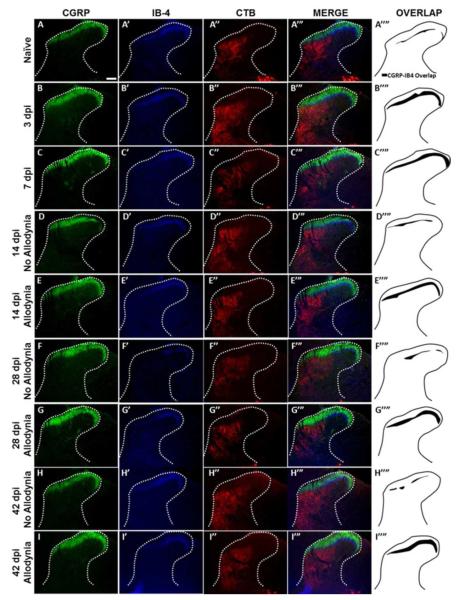Figure 6. Immunolabeling and topographic distribution of primary afferent fibers in the C7 dorsal horn over time after SCI.
Representative section of the ipsilesional C7 dorsal horn of naïve rats (A), SCI sacrificed before the onset of tactile allodynia (3 and 7 dpi; B, C), SCI rats that do not develop tactile allodynia (14, 28 and 42 dpi; D, F, H) and SCI rats that develop tactile allodynia (14, 28, and 42 dpi; E, G, I). labeled with antibodies against calcitonin gene-regulated peptide (CGRP), isolectin-B4 (IB-4), and the tract tracer cholera toxin subunit b (CTB). In normal rats, the nociceptive (CGRP, IB-4) and non-nociceptive (CTB) primary afferent fibers show little overlap. As early as 3 days after SCI, nociceptive afferents the area of overlap increased (B’’’’). This increased overlap is maintained at 7 dpi (C’’’’). Importantly, at later timepoints when tactile allodynia can be reliably assessed, the two behavioral cohorts (No Allodynia and Allodynia) exhibit different degree of overlap. Rats with no allodynia at 14, 28 or 42 dpi exhibit only modest overlap of their nociceptive primary afferent fibers (D’’’’, F’’’’, H’’’’). However, rats that develop tactile allodynia exhibit a greater area of overlap that persists over time (E’’’’, G’’’’, I’’’’). There was almost no overlap between either nociceptive afferent fiber type and CTB traced non-nociceptive afferent fibers. Scale bar = 200 microns.

